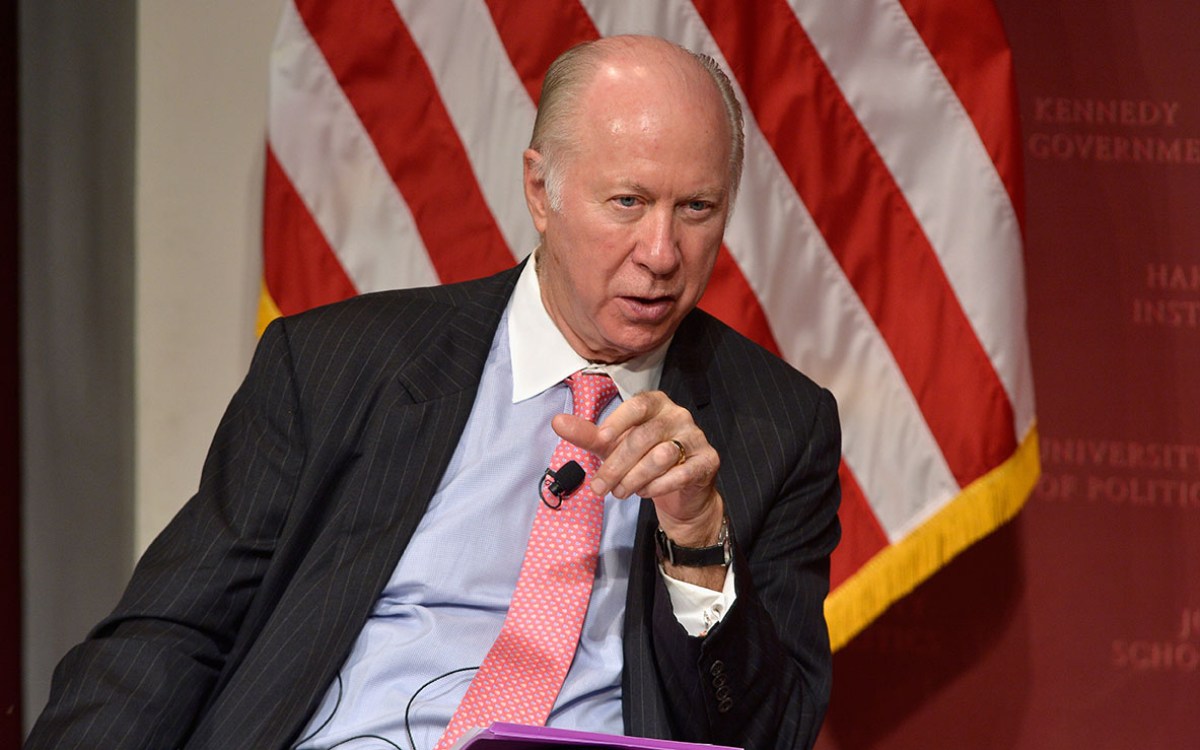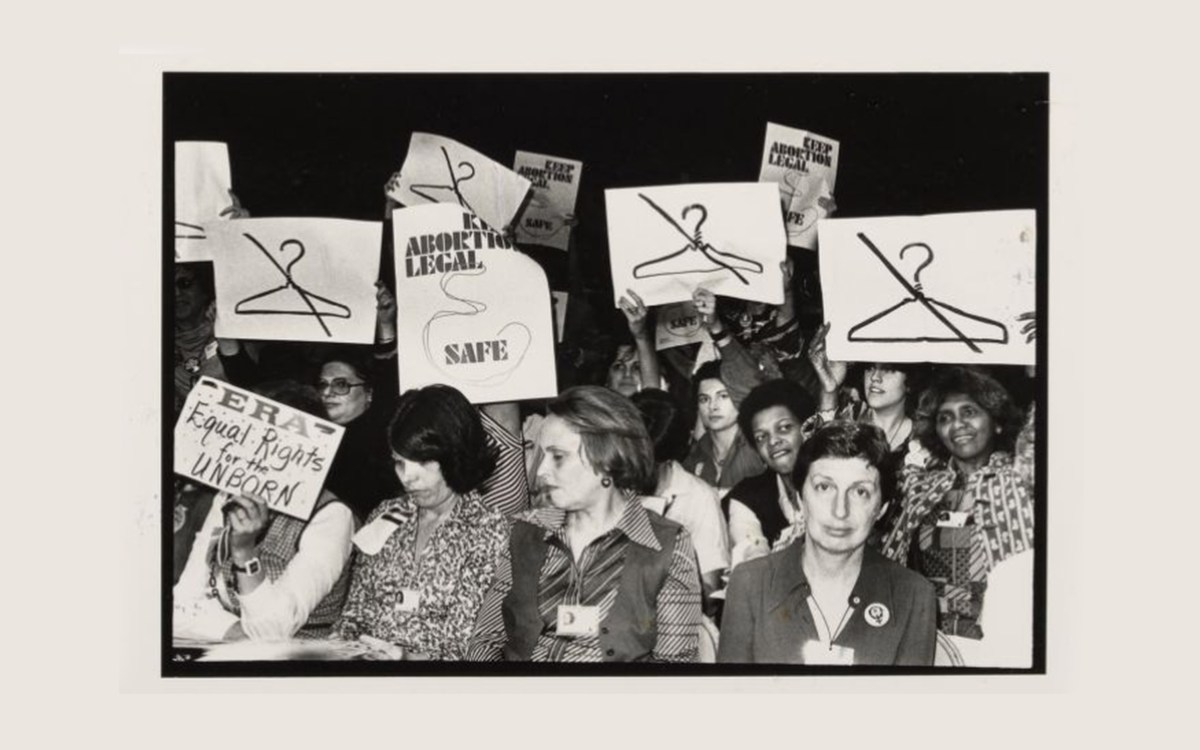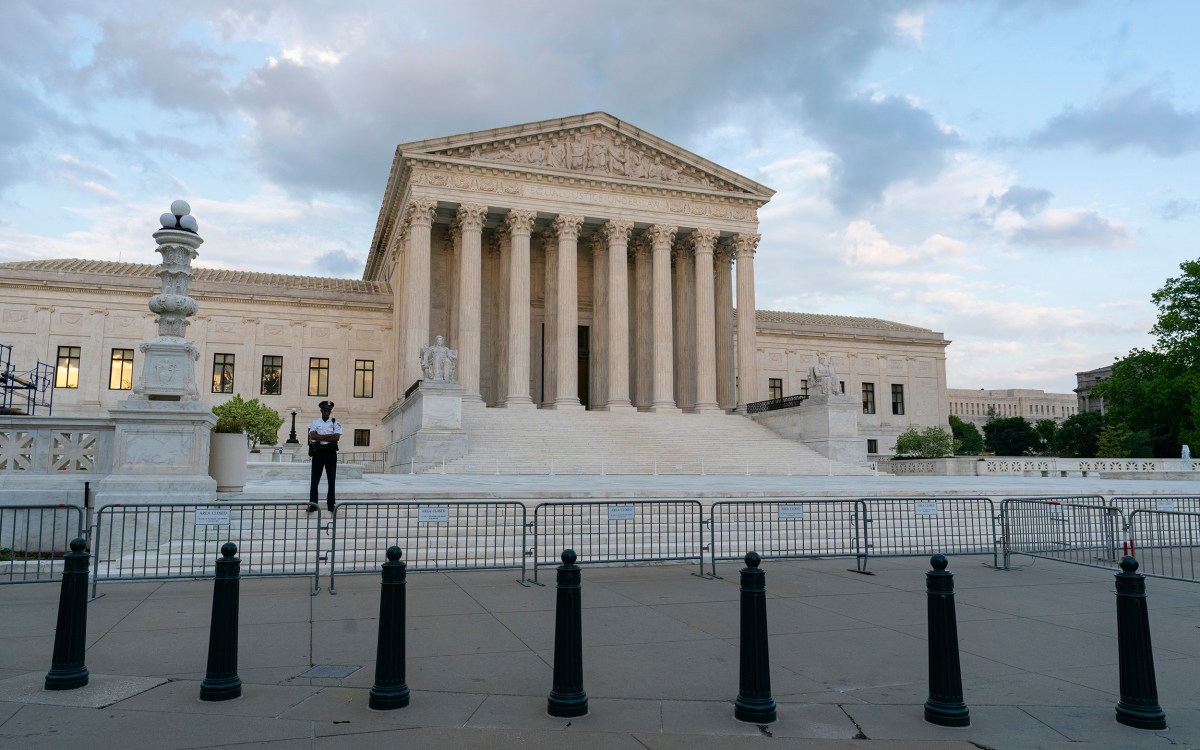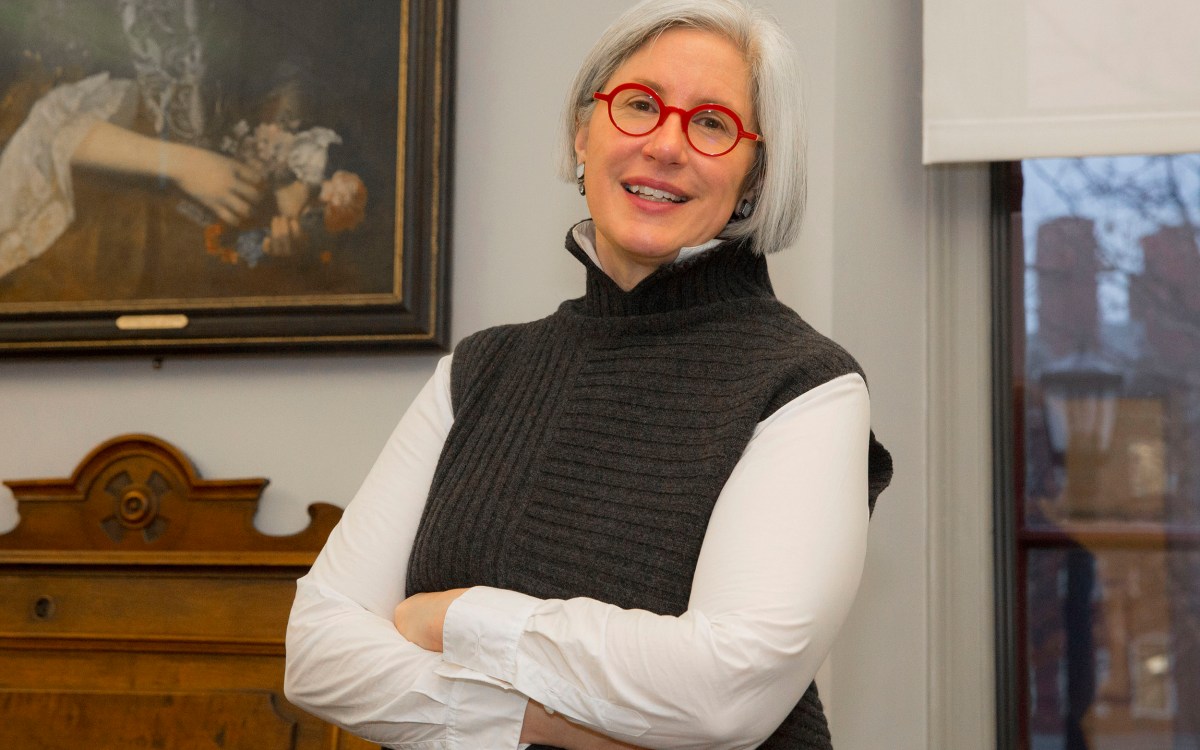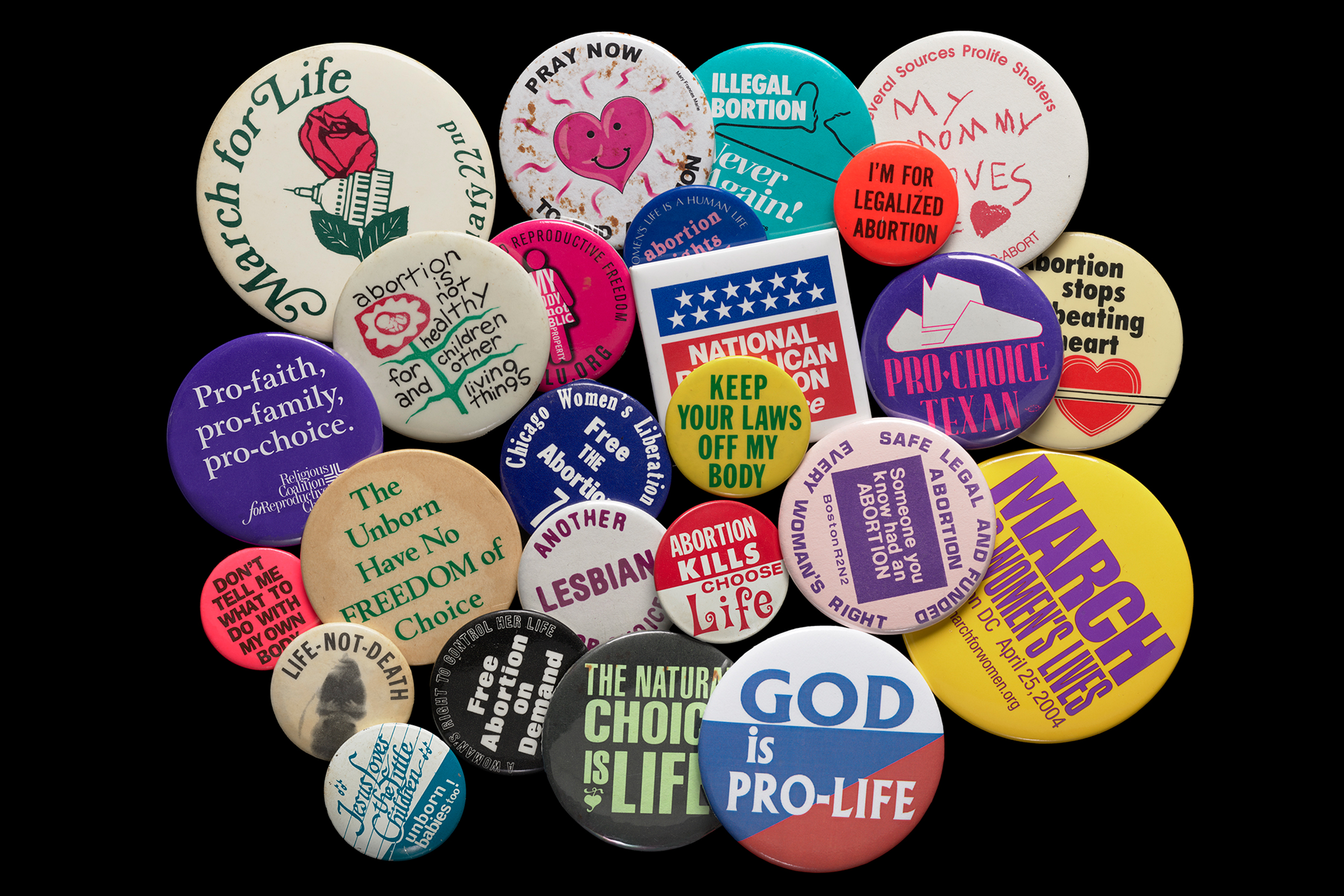
Images courtesy Schlesinger Library
Schlesinger adjusts plans for Roe v. Wade commemoration to new reality
Exhibit, conference to examine history, future now that Supreme Court has overturned landmark ruling
Since 2020, officials at the Radcliffe Institute’s Schlesinger Library had been busy planning a major exhibit to commemorate the 50th anniversary of Roe v. Wade in 2023, featuring its extensive collections that document the long and contentious struggle over women’s reproductive rights in the nation.
Then in June the Supreme Court overruled the landmark decision securing the right to abortion in Dobbs v. Jackson Women’s Health Organization, and plans had to be adjusted to reflect the new reality. Titled “The Age of Roe: The Past, Present, and Future of Abortion in America,” the exhibition will chronicle the history of abortion in the U.S. “from before Roe to Roe to the Dobbs decision,” said Mary Ziegler, Martin Luther King Jr. Professor of Law at UC Davis School of Law, and the exhibition curator. It will open Oct. 24.
“Obviously, we had to adjust a bit to account for the fact that the age of Roe, as the exhibit says, is over,” said Ziegler, a legal historian of reproductive health and the family. “Then the exhibit became a sort of meditation on what does it mean that Roe has gone, or in what ways is Roe gone, and in what ways is this sort of preoccupation with it still with us?”
“The exhibit hopefully will show people that … sense of powerlessness is misguided because historically, people, on either side of this issue, have managed to change things when things seemed unchangeable.”
Mary Ziegler, exhibition curator
While the Dobbs decision affected the planning of the exhibit, it also added a sense of urgency, said Jane Kamensky, Jonathan Trumbull Professor of American History, Pforzheimer Foundation Director of the Schlesinger Library on the History of Women in America at the Radcliffe Institute.
“The sense was that it was really important to spend some time thinking together about the past, the present, and the future of the world that made this decision and the world that Roe made,” said Kamensky. “When we started, the ‘Age of Roe’ seemed that it would be potentially ongoing in January 2023. Now it feels more remote, like it’s the ‘Age of Jackson.’”
Drawing on archival materials at the Schlesinger, the exhibit will document the landscape of abortion from the viewpoints of both the abortion rights and the anti-abortion movements. Among them are records of abortion-rights organizations, personal papers of anti-abortion activists, audio files and videos of rallies, as well as personal letters of women asking for help to terminate their pregnancies.
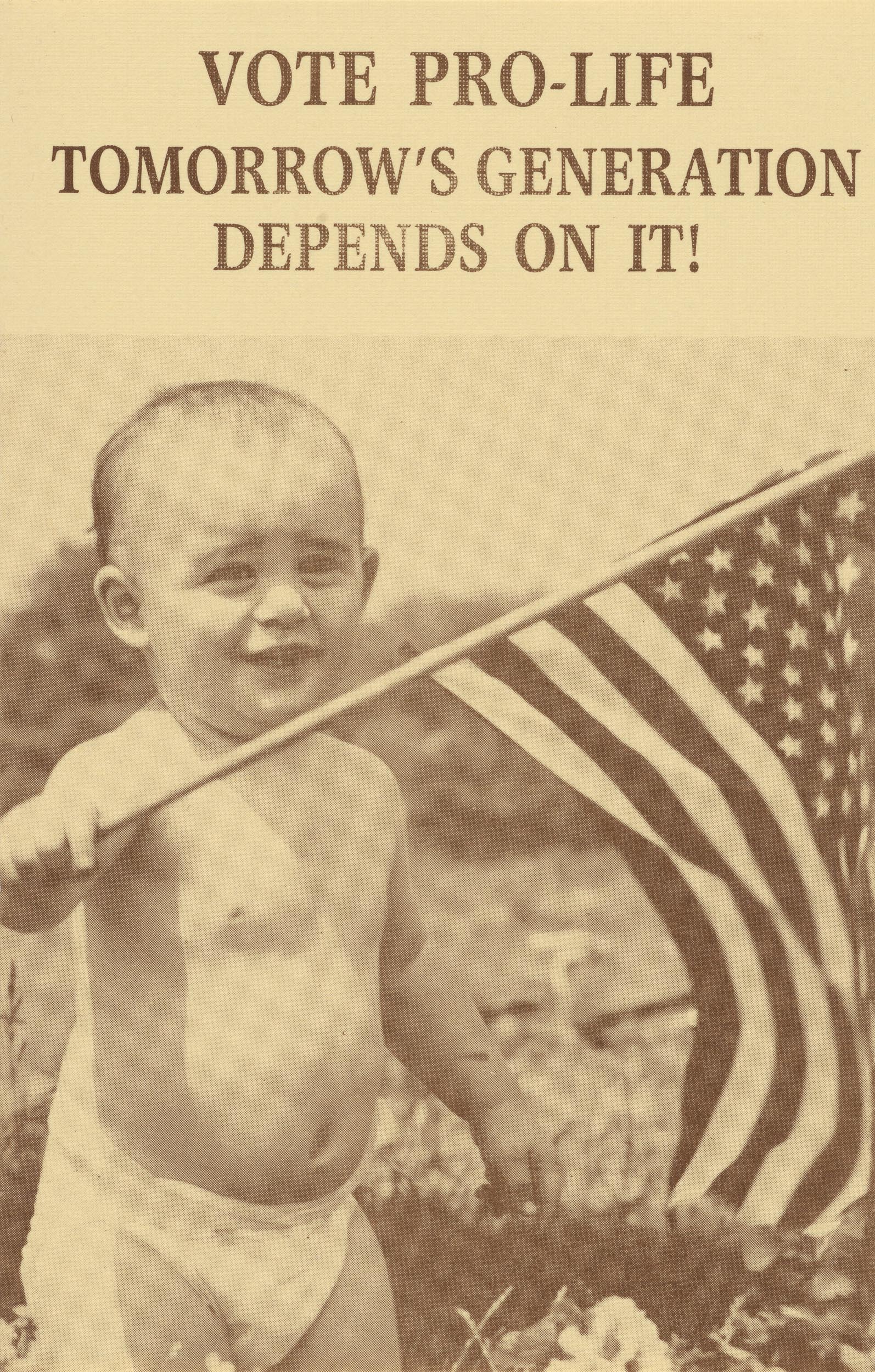
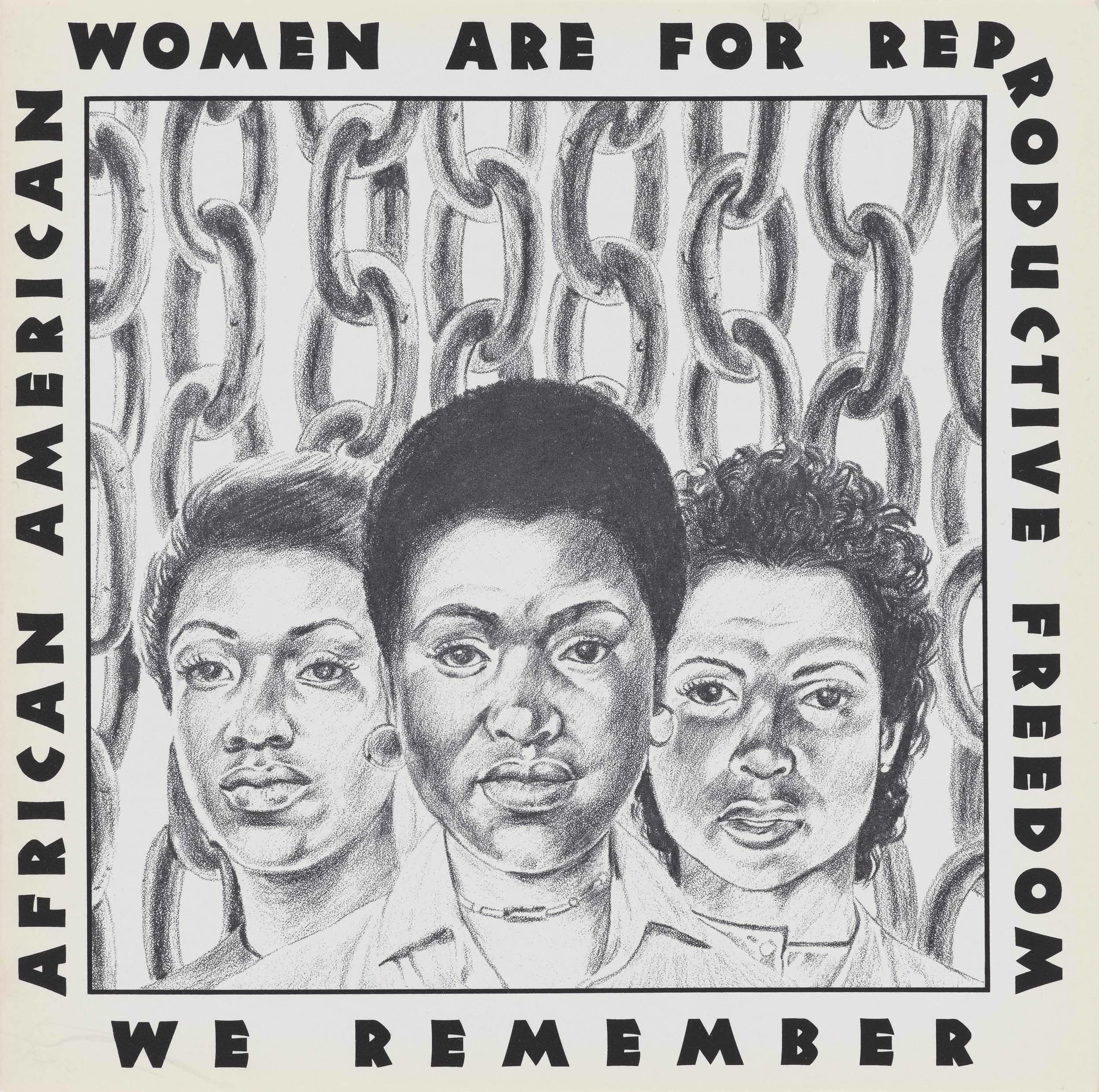
Brochures and buttons from the exhibit.
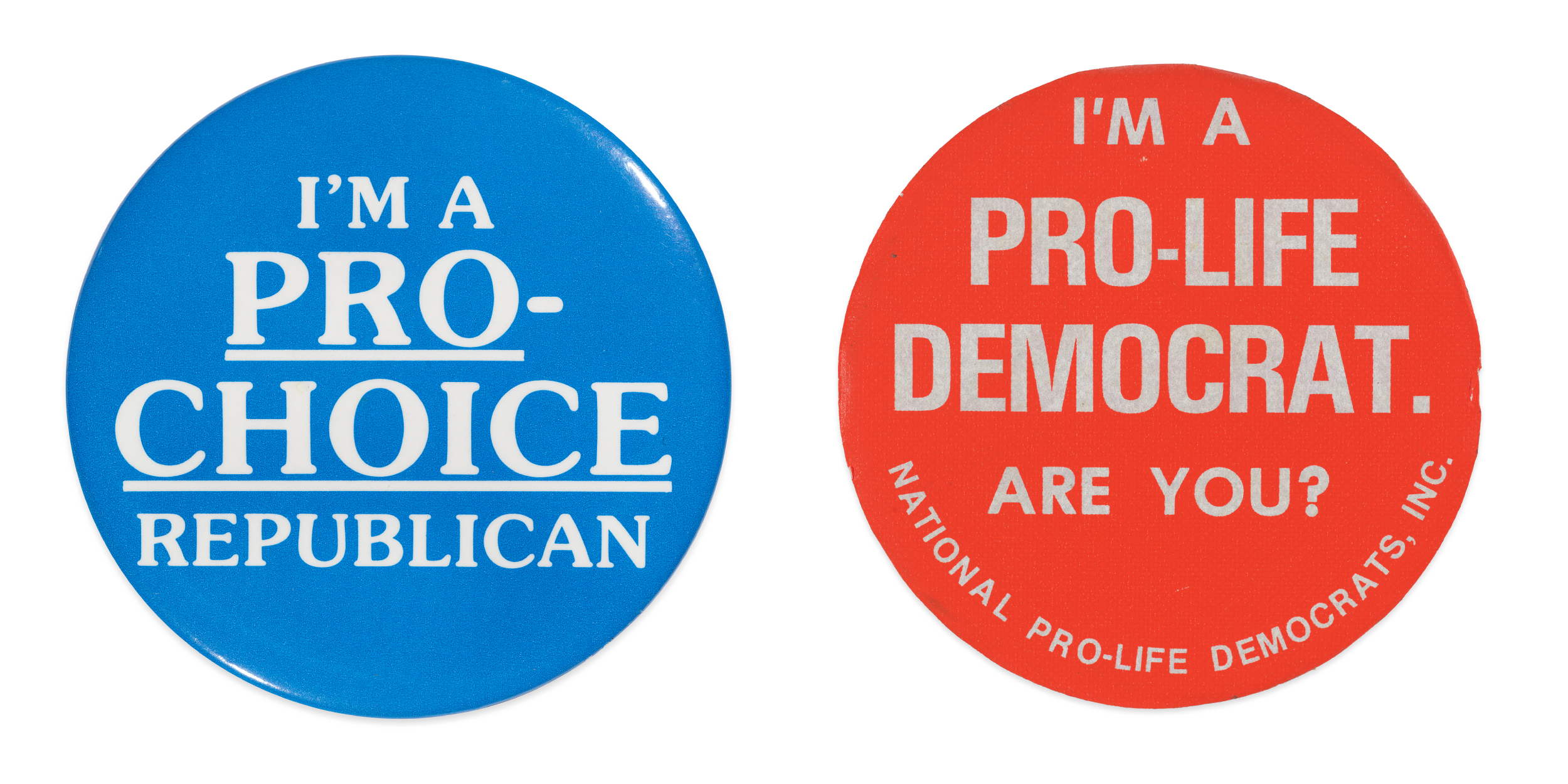
By documenting the history of the abortion dispute in the country, the exhibit seeks to remind people that the politics around women’s reproductive rights has always been complicated, but there are lessons to learn from past struggles.
“We tend to feel helplessness and inevitability when we think about contemporary abortion politics; helplessness in the sense that the Supreme Court has done what it has done, and people feel, regardless of their views on the issue, that they don’t have a whole lot to say about the matter; and inevitability in the sense that people feel that there’s not much politically they can do,” said Ziegler.
“The exhibit hopefully will show people that that idea of inevitability is wrong, and that sense of powerlessness is misguided because historically, people, on either side of this issue, have managed to change things when things seemed unchangeable.”
For Kamensky, the Schlesinger library faculty director, the exhibit also seeks to contribute to the public debate about abortion and women’s reproductive rights, arguably the most polarizing topic in American politics.
“We know that legally, politically, institutionally, intellectually, rights around pregnancy are more unsettled than they’ve been in half a century in the reproductive lifetimes of pretty much everyone alive today,” said Kamensky. “There’s no family in America to whom the Roe decision did not speak in some way or another and to whom the Dobbs decision does not speak in new ways.”
The exhibit also highlights the library’s strategic initiative to collect records of anti-abortion organizations and individual papers of women who took part in that movement to offer a more complete picture of the history of the issue in the U.S.
“It’s a positive good in and of itself because scholars desperately need those records to be able to tell difficult and complicated stories from the inside out, as experienced by the actors who lived them” said Kamensky. “And it is also a good example of the kinds of spaces that libraries can and should be. We want Radcliffe to be, and I think we are, a space where people can have difficult conversations civilly and robustly.”
Along with “The Age of Roe” exhibition, which will continue until March 4, 2023, the Radcliffe Institute will host a major public conference to probe the legacy of Roe v. Wade on Jan. 26-27. Nearly 30 experts from different disciplines, including law, history, and medicine, will take part.
“I hope the conference will have attendees who are very certain in their positions on any side of the abortion ideology landscape, and people who are less certain and are looking for answers in a moment of flux,” said Kamensky. “I hope everybody can come away saying, ‘I hadn’t thought of this point that way.’”
